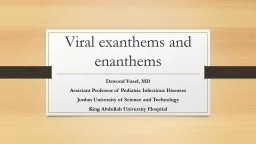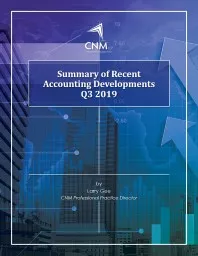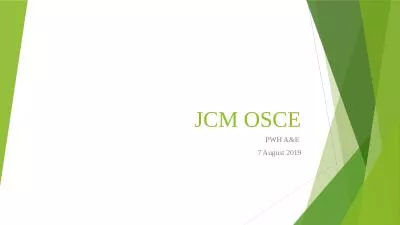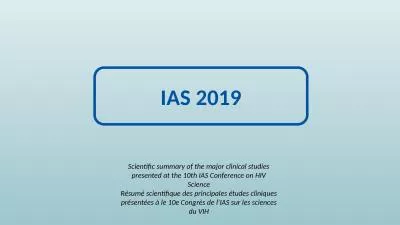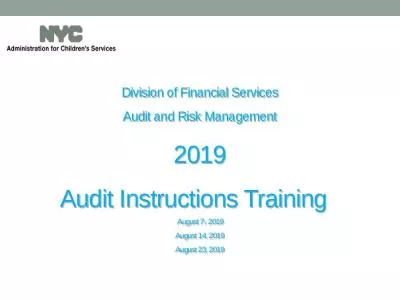PPT-JCM SAQ 3 th July 2019
Author : marina-yarberry | Published Date : 2019-11-24
JCM SAQ 3 th July 2019 AED TSWH Question 1 Animal Dog bite Updated COC guideline DogAnimal Patient and Vaccine Several junior doctors are not familiar with the management
Presentation Embed Code
Download Presentation
Download Presentation The PPT/PDF document "JCM SAQ 3 th July 2019" is the property of its rightful owner. Permission is granted to download and print the materials on this website for personal, non-commercial use only, and to display it on your personal computer provided you do not modify the materials and that you retain all copyright notices contained in the materials. By downloading content from our website, you accept the terms of this agreement.
JCM SAQ 3 th July 2019: Transcript
Download Rules Of Document
"JCM SAQ 3 th July 2019"The content belongs to its owner. You may download and print it for personal use, without modification, and keep all copyright notices. By downloading, you agree to these terms.
Related Documents


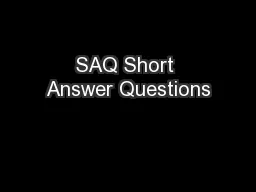

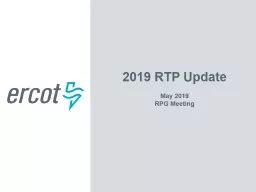
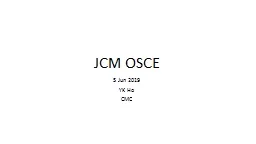
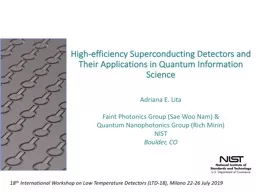
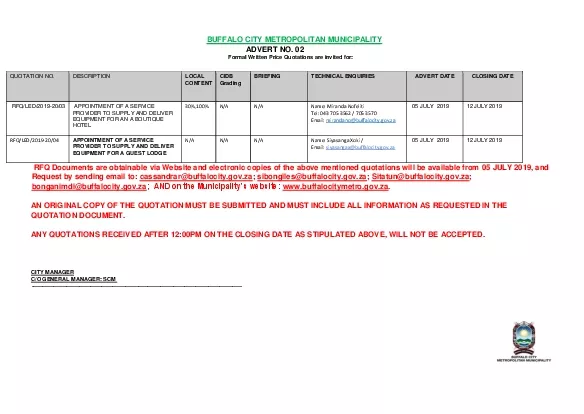
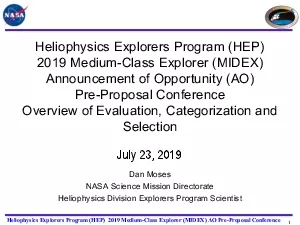
![[EPUB] - July 2019-June 2020 Planner 8.5 x 11: Beautiful Floral White Cover, Calendar](https://thumbs.docslides.com/907164/epub-july-2019-june-2020-planner-8-5-x-11-beautiful-floral-white-cover-calendar-book-july-2019-june-2020-weekly-monthly-yearl.jpg)
